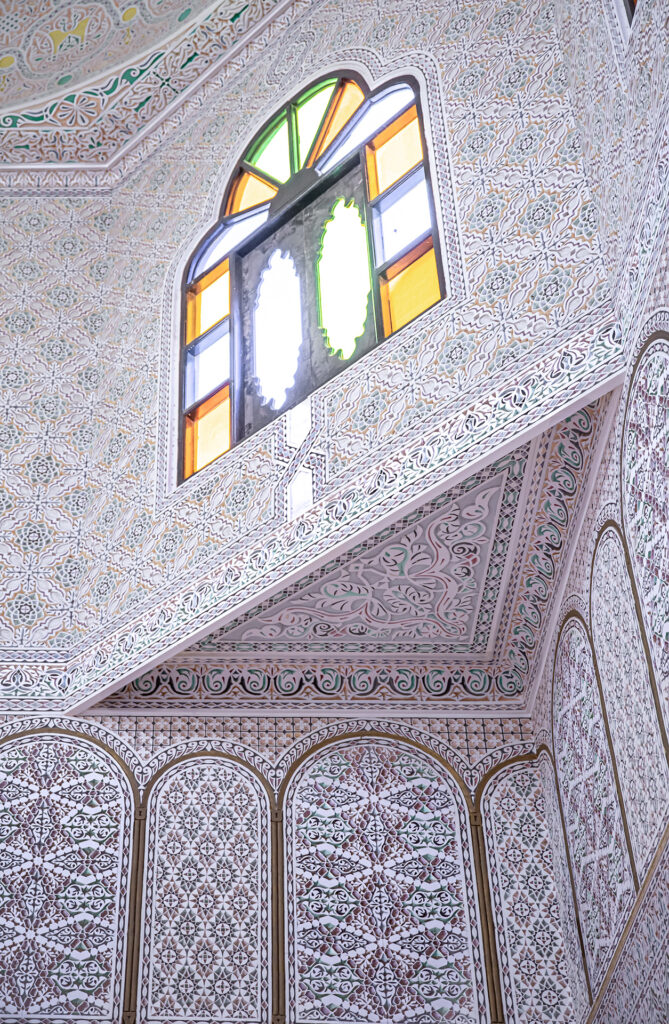Traditional Gypsum - the art of engraving and creativity in historic architecture
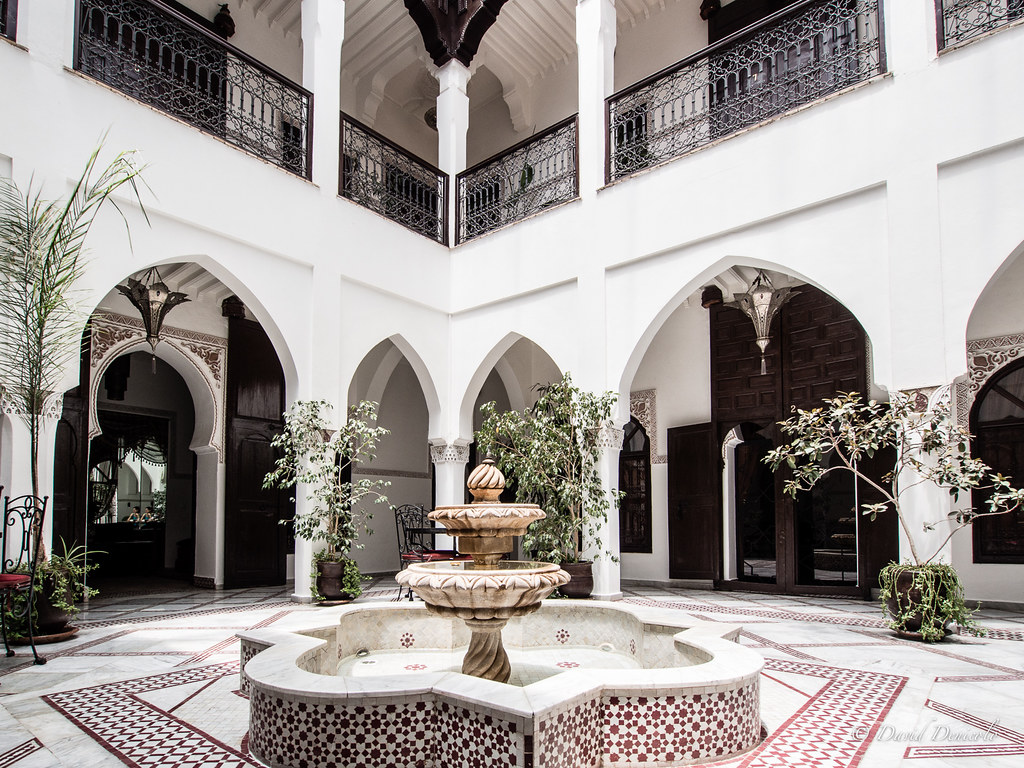
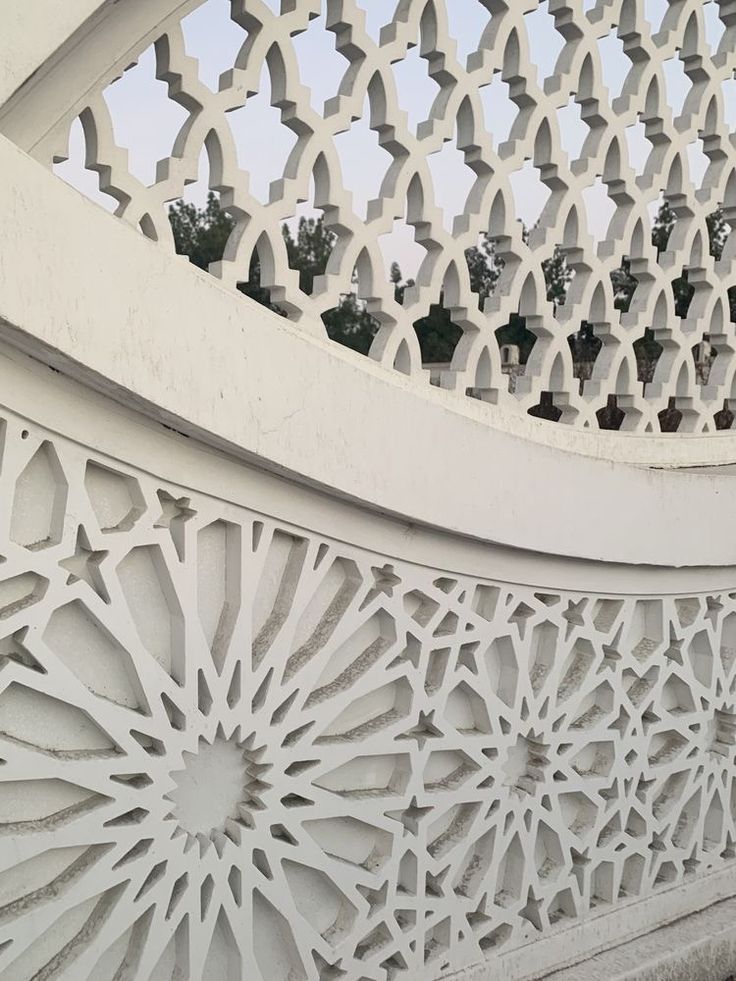
What is traditional gypsum?
Traditional gypsum is one of the finest decorative arts in Islamic and historical architecture, as it is used to decorate walls, ceilings, columns, and entrances through intricate geometric and botanical patterns that add a touch of luxury and originality to heritage and contemporary buildings.
Traditional plaster is characterized by its ability to transform ordinary spaces into richly detailed canvases, combining decorative beauty with architectural function, making it an essential element in the design of palaces, mosques, schools, and luxury homes.
The history of traditional gypsum in Islamic architecture
In Andalusian and Moorish architecture
The use of traditional plaster dates back to the Andalusian era, where it flourished in the palaces of Granada, Cordoba, and Seville, and then moved to Morocco after the fall of Andalusia, where Moroccan craftsmen developed it and added more intricate details. The schools of Fez and Marrakesh were among the most prominent centers that mastered this art and added distinctive imprints that made it richer and more diverse.
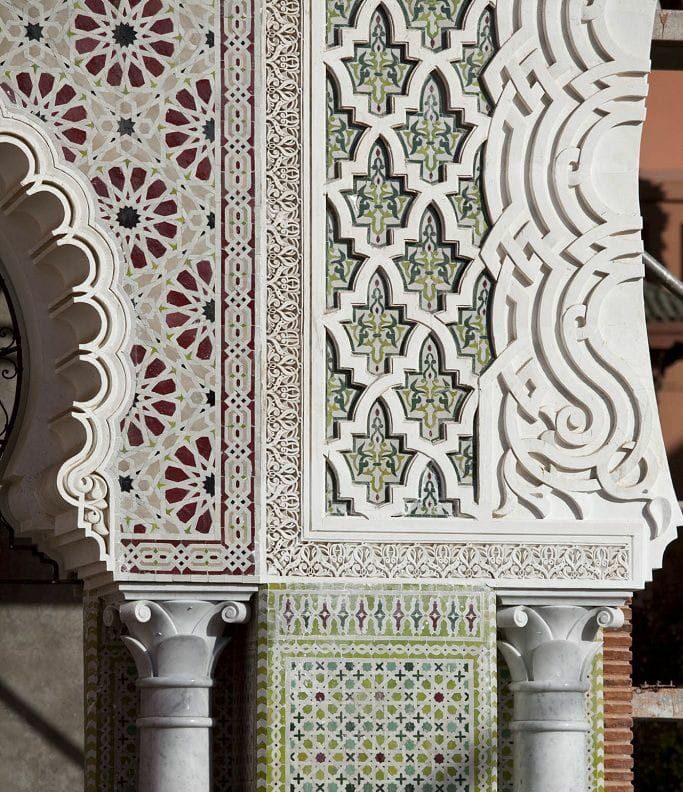
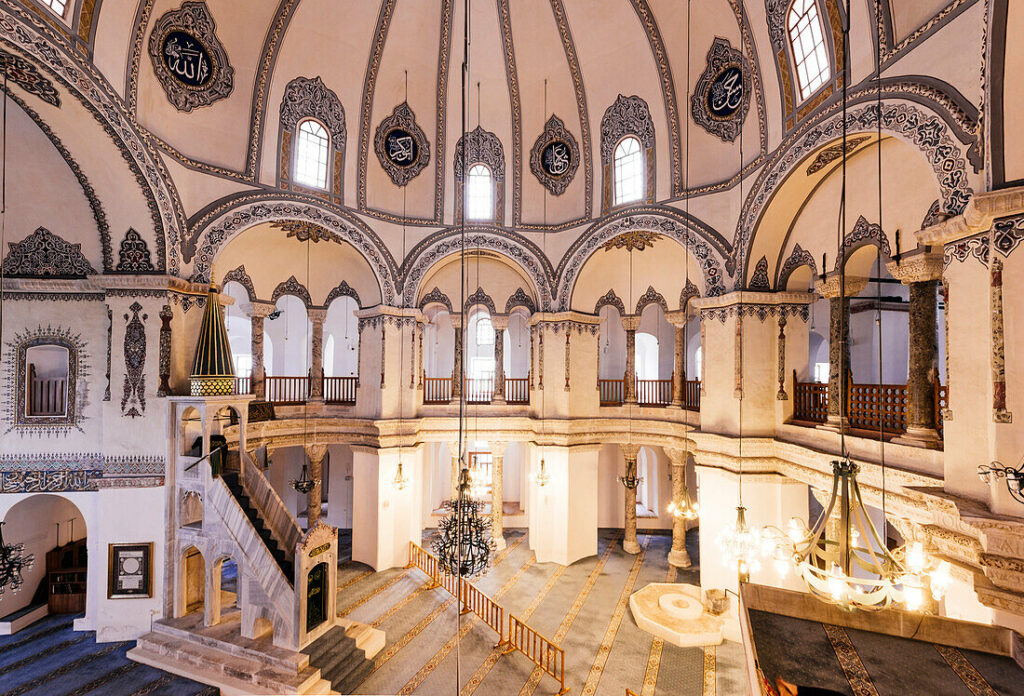
In Ottoman and Levantine architecture
The Ottoman Empire used engraved plaster to decorate mosques, palaces, and schools, where it was characterized by a more streamlined style and intricate floral decoration. In Iran and Persian architecture, gypsum was characterized by repetitive motifs and fine lines, which gave a distinctive artistic character to the entrances, mihrab, and grand halls.
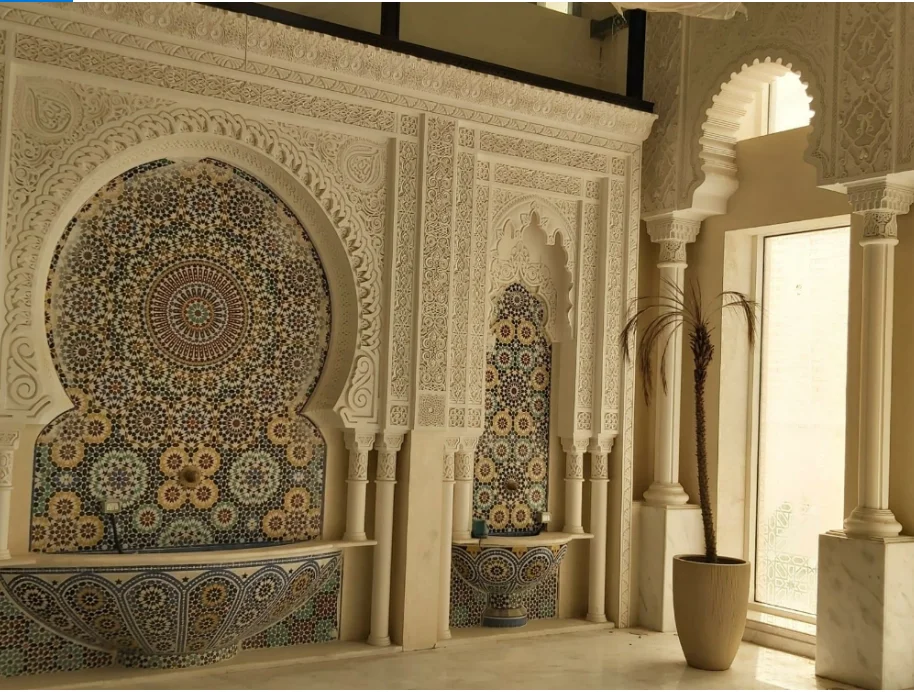
Traditional gypsum making techniques
The traditional gypsum industry goes through delicate stages that require high craftsmanship and expertise, including:
Preparing the gypsum mixture in the right proportions to ensure durability and quality.
Designing wooden molds that contain the required decorations and carvings.
Pouring the gypsum into the molds with great precision to obtain perfect details.
Hand carving and shaping to add intricate details using precision tools.
Final processing that includes polishing, smoothing, and stabilization to ensure hardness and visual beauty.
Preparing the gypsum mixture in the right proportions to ensure durability and quality.
Designing wooden molds that contain the required decorations and carvings.
Pouring the gypsum into the molds with great precision to obtain perfect details.
Hand carving and shaping to add intricate details using precision tools.
Final processing that includes polishing, smoothing, and stabilization to ensure hardness and visual beauty.
Why choose traditional gypsum for your project?

High artistic value
it adds a unique decorative touch that reflects the authenticity of Islamic and historical architecture.
Flexibility in design
it can be adapted to different architectural styles, whether traditional or modern.
High quality and durability
it withstands the elements and maintains its splendor over the years.
Natural thermal insulation
contributes to improving energy efficiency within buildings.
Our expertise in traditional plaster art
- Decorating ceilings and walls with intricate geometric and botanical motifs.
- Designing mosque niches with delicate decorative patterns that integrate with the rest of the architectural elements
- Accentuate openings and arches through elaborate carvings.
- Decorating columns and capitals with elegantly carved stucco inserts.
- Adding artistic touches to grand halls and palaces through unique decorative patterns.
